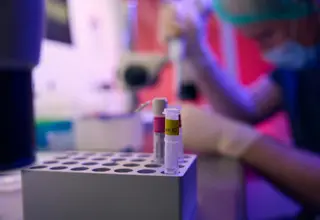While the term “clinical trial” is commonly used and familiar to many, it’s important to understand the broader terminology used in medical research. Knowing these distinctions can help you have more informed conversations with your healthcare provider or research team.
-
What is a Clinical Study?
A clinical study (also referred to as clinical research) is medical research involving human participants. These studies aim to discover better methods to diagnose, treat, prevent, or understand disease. Individuals volunteer to take part in these studies to help advance medical knowledge. There are two main types of clinical studies:


